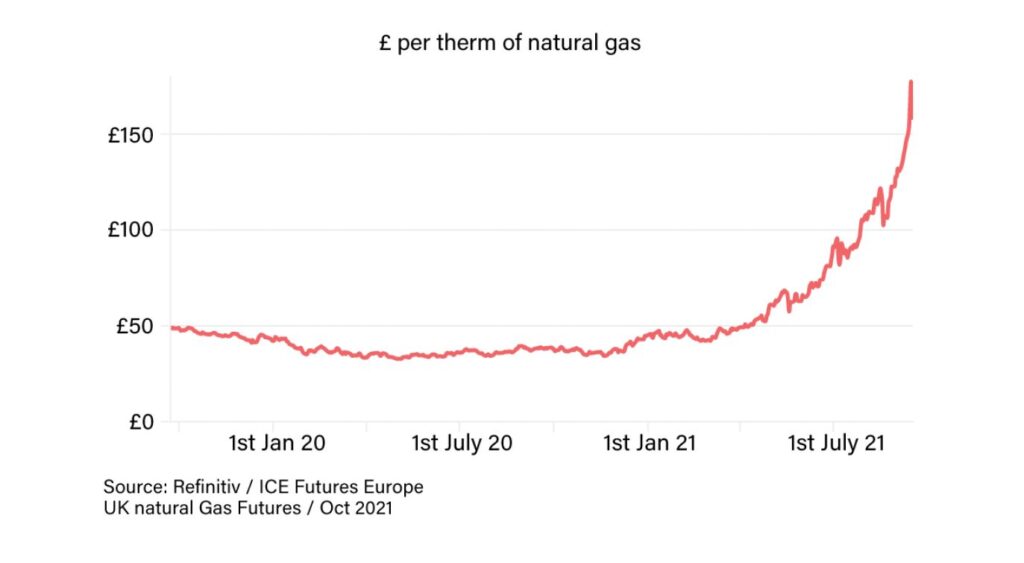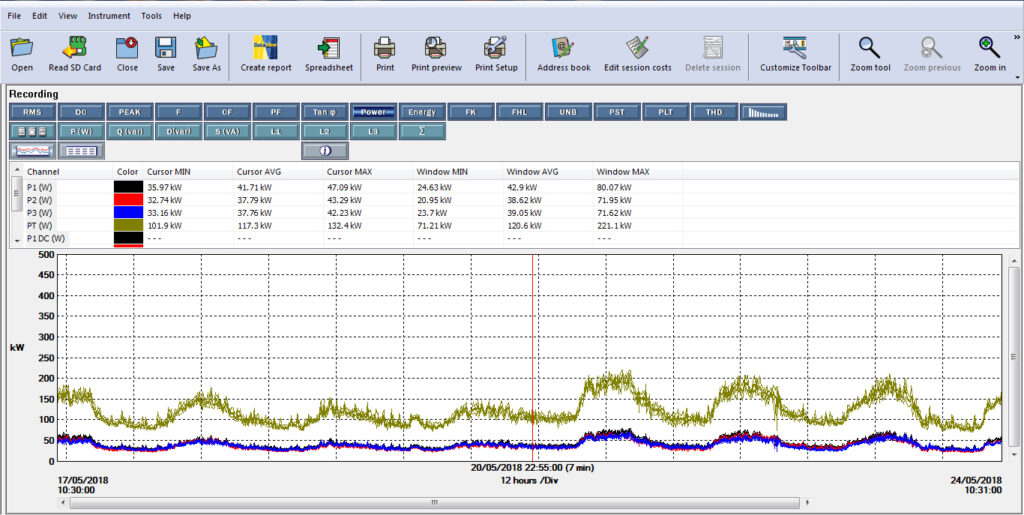Rocketing energy prices driving efficiency improvements
For a while now we have been promoting the advantages and opportunities, both financial and environmental, of reducing energy consumption in an installation through the measurement, identification, and resolution of electrical issues. These include a variety of solutions for improving equipment efficiency, as well as other factors such as the identification of “out of hours” electricity use, and the effects of harmonics, load balance, and power factor.
Its been clear to see that a relatively simple process, requiring minimal investment, can yield significant reductions in electricity consumption, often in the order of 20% or more. This, in turn, then equates to substantial financial savings, and contributes to reducing CO2 emissions and assisting the UK in its pursuit of Net Zero.
Now, according to Julian Grant of Chauvin Arnoux it appears the need to get on and embrace such actions, and benefit from doing so, is getting demonstrably more urgent as recent global issues have sent wholesale prices for gas soaring.

With super slim designs and magnetic backs, the PEL103 and PEL104 from Chauvin Arnoux are able to be semi permanently stuck to the inside of a cabinet at the source of supply, where flexible current coils can be looped around the incoming phases, and magnetic voltage probes stuck to screw heads on MCB’s, or wired in for added security of connection. For more demanding situations there’s the PEL106 with its IP67 all-terrain casing.
These PELs can be self-powered from the installation they are connected to and once installed you can access it remotely, so that you can safely and conveniently monitor energy usage and all of the other parameters it records from the comfort and security of your own home – or, indeed, any other location where you have internet access.

The remote access feature is easy to set up using the PEL Transfer software package which is available free – of – charge from the Chauvin Arnoux website.
There are many ways of reducing energy costs and environmental impact, in addition to the often quoted advice of seeking a greener and cheaper energy supplier and installing additional thermal insulation. However, to understand what’s going on and make effective changes you need to measure.
Measure existing performance to pin down issues and identify areas for improvement, measure performance after making changes to confirm their effectiveness, and continue to measure thereafter to ensure that the changes you’ve made continue to be appropriate and effective.
Chauvin Arnoux has an extensive range of products that make these measurements easy to perform, and our experts will be happy to give advice on choosing the instruments that will best help you reduce your energy bills and your environmental impact.
We have also recently created an energy guide in association with Energy Manager Magazine which is all about measuring and monitoring. This is vital information you won’t want to – and can’t afford to – ignore!

